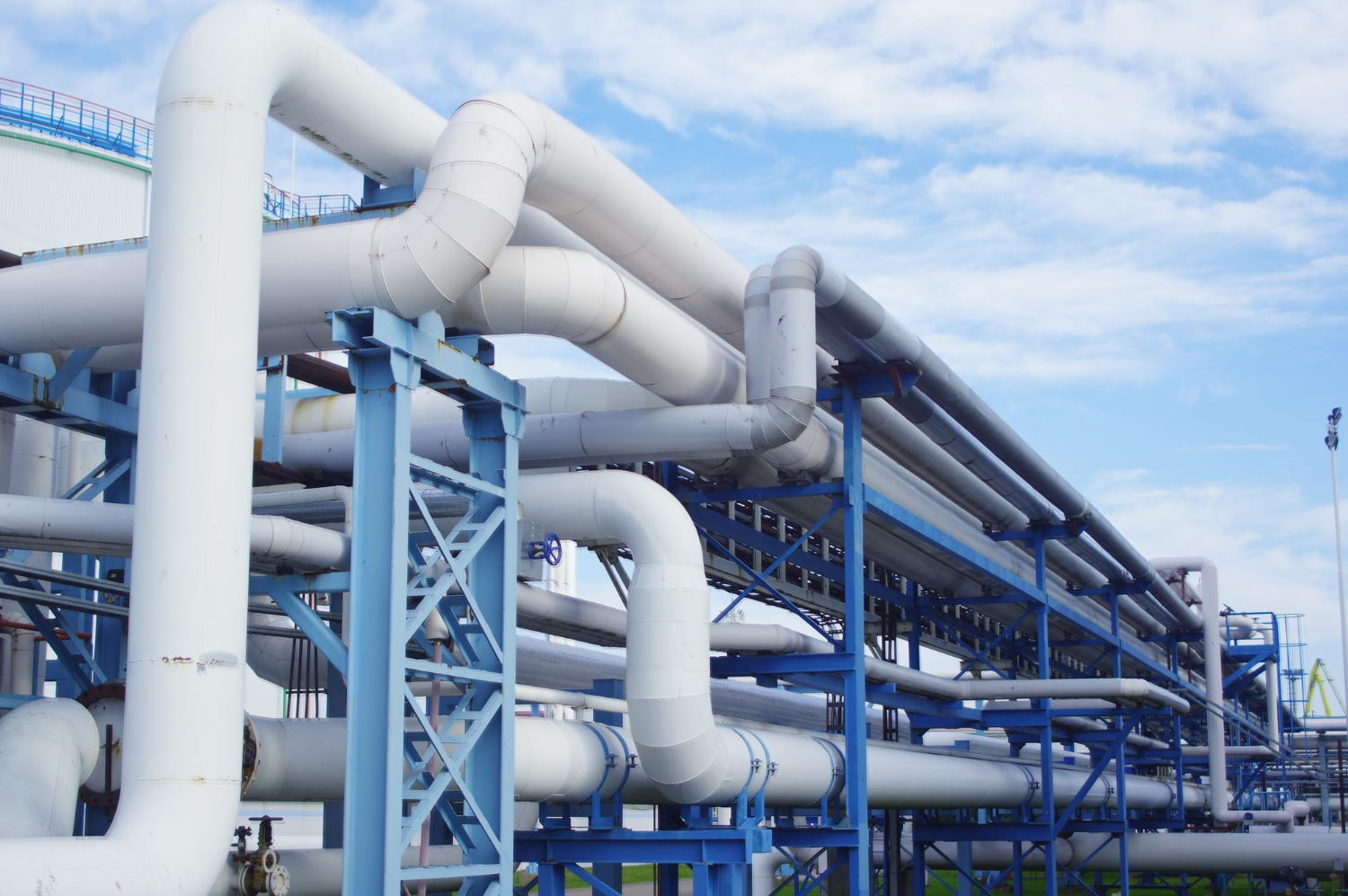
Many countries are slowly weaning themselves off coal and replacing it with cheap natural gas. This helps meet climate targets and provides resilience during energy crises.
But it’s important to understand that the case for gas must be made on its terms. If not, it will lose out in new markets.
Table of Contents
It’s Cleaner Than Coal
Natural gas is a cleaner burning fossil fuel than coal. Burning produces negligible amounts of sulfur, mercury, and particulates. In addition, the combustion of natural gas emits far less carbon dioxide (CO2) than coal, oil, and diesel fuel combustion.
However, like all fossil fuels, natural gas has downsides. The production and transmission of natural gas can produce CO2 emissions. Burning natural gas also releases other pollutants, including NOx, contributing to smog. These pollutants also affect human health, causing respiratory and cardiovascular ailments.
A rapid energy transition away from coal and other fossil fuels is essential to avert a full-blown climate crisis. Renewable energy technologies like wind, solar power, and batteries are gaining traction globally. The cost of these technologies is dropping rapidly, making them competitive with traditional fossil fuels and even surpassing coal in some regions. A transition to these renewables will benefit the entire natural gas value chain. But it will require intelligent policies and more forceful regulatory action.
It’s Cheaper Than Electricity
Natural gas is cheaper every month than electricity, and its appliances continue to work even when the power goes out. It also burns more cleanly, producing far fewer harmful air pollutants. When burned, it has less carbon monoxide, sulfur dioxide, and mercury than gasoline and emits significantly lower levels of greenhouse gases.
Geologists study the Earth’s structures to locate the types of geological formations that could contain natural gas deposits. Once found, geologists drill into the Earth to access the gas reservoirs. The gas, which contains various compounds and elements, is then extracted. The main component of natural gas is methane, but it can also include a mixture of water, ethane, butane, propane, hydrogen sulfide, carbon dioxide, nitrogen, and helium.
There is an enormous amount of untapped natural gas in the world. Most of it is in “tight” rock formations, which must be accessed through a complex process called hydraulic fracturing (also known as fracking). Using similar methods, it can also be extracted from permafrost and ocean sediment layers. It is important to remember that these fossil fuels cannot be consumed at the same level as they are now if we hope to transition to a net-zero economy.
It’s Versatile
Natural gas is beneficial for cooking and heating homes or powering vehicles. It is a powerful complement to renewable energy, providing flexible power when the sun isn’t shining, or the wind isn’t blowing.
The most valuable part of the natural gas market is in buildings, where 75 percent of demand occurs. It is also the fuel of choice in some high-temperature applications, such as petrochemicals and marine shipping.
The energy in natural gas is derived from the decomposition of organic matter, which is formed by microorganisms called methanogens. These methanogens are found in the intestines of animals (including humans) and low-oxygen areas like landfills. Methanogens convert the organic matter into a gas called biogenic methane, which then passes into the atmosphere and forms greenhouse gases. However, new technologies are being developed to capture this methane and turn it into renewable natural gas.
Natural gas is also used in power generation, competing with coal and oil. It is the largest source of electricity and can be used with renewables to reduce CO2 emissions and air pollutants.
It’s Secure
Natural gas is one of the safest burning fossil fuels available, emitting far less byproduct into the atmosphere. It is also a great energy source because it can be stored in underground reservoirs, aquifers, and salt caverns for long periods. This makes it a reliable energy source even during times of crisis or disruptions to supply.
Unlike other fossil fuels that must be transported by truck or ship, it can be delivered through a network of natural gas pipelines. This makes it much easier and safer for transportation. Additionally, a natural gas leak is not as dangerous as other fossil fuels because it dissipates into the air quickly and does not explode.
Until recently, most of the world’s natural gas was produced domestically. Natural gas production starts with drilling and extracting raw gas from underground formations, then processing it into pipeline quality—which is 95-98 percent methane. It is then injected into oil-producing wells or vented (burned) to maintain pressure and improve oil production. It is also extracted from coal deposits or methane hydrates and can be liquefied for pipeline transport.
It’s Renewable
Burning natural gas produces carbon dioxide and water vapor, both greenhouse gases, but they have neither sulfur oxide nor nitrogen. This makes it less polluting than coal.
Thermogenic methane is formed organically over millions of years from decomposing plant and animal matter buried in sedimentary rock layers deep below Earth’s surface. It can rise to the surface, where it is found in seeps. It can also leak from wells, pipelines, and storage facilities, releasing methane into the atmosphere. Leaking methane has 25 times the heat-trapping power of carbon dioxide.
Methane can also be produced naturally by tiny microorganisms in low-oxygen environments, such as landfills or sewage treatment plants. This type of methane is called biogenic methane, and new technologies are being developed to capture it and turn it into renewable natural gas (Bio-NRG). Bio-NRG could significantly contribute to energy transition by reducing methane emissions in challenging sectors to electrify. However, creating and deploying this energy source will require policies and measures that ensure that the benefits of renewable natural gas are shared widely and that it does not displace low-income communities from jobs in existing fossil fuel industries.



